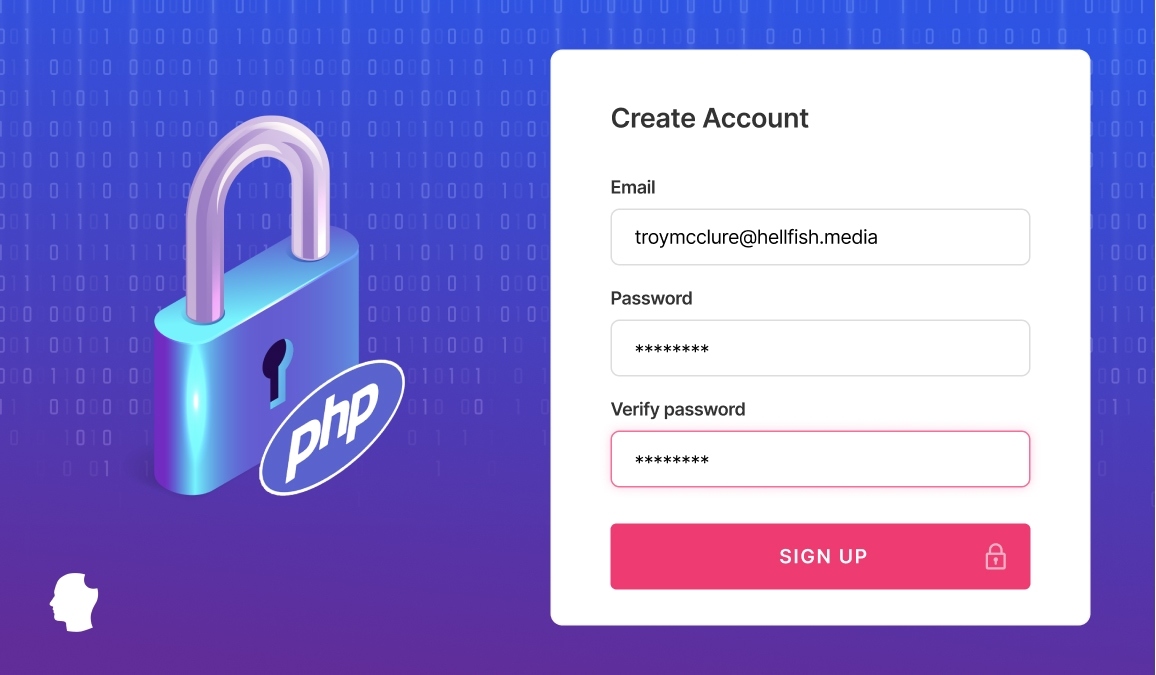Introduction
Welcome to the world of password encryption in PHP!
When it comes to encryption techniques in PHP, there are several options available.
So, without further ado, lets dive into the exciting world of password encryption in PHP!

Lets explore some key reasons why password encryption is so important in web applications.
First and foremost, password encryption protects user privacy.
Another reason for password encryption is to comply with legal and industry requirements.
Many industries, such as healthcare and finance, have strict regulations regarding the protection of user data.
Encrypting passwords helps organizations meet these compliance standards and avoid costly penalties or legal repercussions.
Furthermore, password encryption builds trust and confidence among users.
This, in turn, leads to increased user engagement and loyalty.
Additionally, password encryption provides a layer of defense against various types of cyber attacks.
Different Encryption Techniques
When it comes to encrypting passwords in PHP, there are several techniques available.
Lets explore some of the most commonly used encryption methods, their strengths, and their limitations.
1.MD5: MD5 is a widely used hashing algorithm that converts a password into a fixed-length, hexadecimal string.
However, MD5 has several weaknesses that make it less secure for password encryption.
It is considered outdated and vulnerable to various attacks, including collision attacks and rainbow table attacks.
Due to its vulnerabilities, MD5 is not recommended for password encryption in PHP.
2.bcrypt: bcrypt is a strong and secure hashing algorithm specifically designed for password encryption.
bcrypt is computationally expensive, making it more resistant to brute-force attacks.
It is widely recommended for password encryption in PHP and provides a balance between security and performance.
It is optimized to resist both brute-force attacks and side-channel attacks.
It is considered one of the best choices for password encryption in PHP.
These are just a few examples of encryption techniques available in PHP.
Its important to choose an algorithm based on its security, performance, and compatibility with your PHP version.
Remember, encryption is not a one-size-fits-all solution.
Using MD5 to Encrypt Passwords
MD5 is a commonly used hashing algorithm in PHP for password encryption.
However, its important to note that MD5 is now considered outdated and has several vulnerabilities.
This function takes the password as input and returns a 32-character hexadecimal string as the output.
One major drawback is that MD5 hashing is fast and susceptible to brute-force attacks and rainbow table attacks.
It addresses many of the vulnerabilities present in older algorithms like MD5.
Lets explore how to use bcrypt for password encryption in PHP.
The cost factor determines the computational cost of hashing, making it more resistant to brute-force attacks.
This function compares the password with the bcrypt hash and returns true if they match, or false otherwise.
;}
Using bcrypt provides a higher level of security compared to older algorithms like MD5.
bcrypt is computationally expensive, which slows down the hashing process and adds an additional layer of security.
Lets explore how to use Argon2 for password encryption in PHP.
Argon2 allows you to customize the configuration parameters to improve security according to your specific requirements.
However, implementing secure password storage involves more than just using the right encryption technique.
Here are some best practices to follow when storing passwords in PHP applications.
1.Use Salt:Always use a random salt when encrypting passwords.
Each user should have a unique salt associated with their password.
These algorithms incorporate salting and multiple rounds of hashing to enhance security.
This discourages brute-force attacks by increasing the time required to crack passwords.
This helps prevent weak and easily guessable passwords.
5.Implement Two-Factor Authentication (2FA):Consider implementing two-factor authentication to add an extra layer of security.
6.Regularly Update Hashing Algorithms:Stay updated with the latest advancements in hashing algorithms.
As technology evolves, older hashing algorithms might become vulnerable to new attacks.
Keep your utility up to date by adopting newer and more secure algorithms when they become available.
7.Protect Against Timing Attacks:Implement a constant time string comparison function to prevent timing attacks.
In addition to choosing the right encryption technique, implementing best practices for storing passwords is crucial.
Stay vigilant, stay updated, and make security a top priority in all your PHP projects.